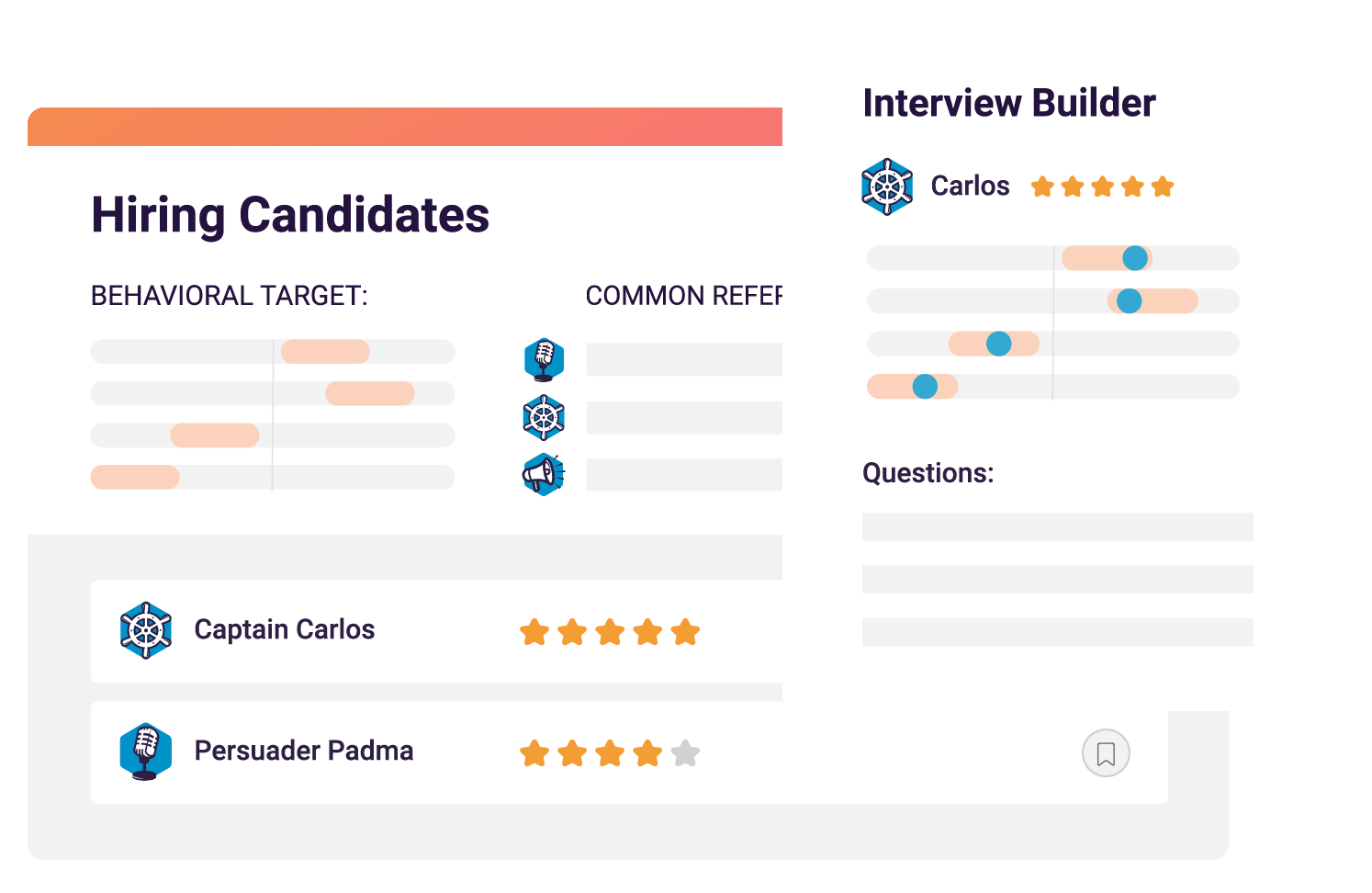We defined the talent optimization discipline in 2018. Since then, the concept has evolved to serve as a revolutionary link between business and people practices. TO now boasts its own conference, a certification, and honorific “Godfather” in the form of yours truly. A lot to be proud of, for sure, but had we really made it?
A recent Fast Company article centered on talent optimization made it clear the idea that has finally gone mainstream. The brief article landed several seminal points in its treatment. After soaking it in, I’d like to offer up a few points of affirmation, clarification, and expansion.
What the article gets right
Author Chris Kay writes that in our post-pandemic world of work, “people are recalibrating their lives and work needs.” As we laid the first bricks of the talent optimization foundation in 2018, we couldn’t possibly have predicted a global pandemic.
Even so, we were well aware of a steady progression toward a people-first or human-centric approach to business. The pandemic accelerated shifts that were well underway. Fast-forward to today, and modern workers have put work on trial, and they are demanding a new partnership with employers.
Kay goes on to write: “This notion of talent optimization feels like a shift from past thinking.” Absolutely true.
Aaron Dignan, author of Brave New Work, took the talent optimization stage at OPTIMA22. He regaled our audience by sharing how so many current management practices including org charts and performance reviews are actually vestiges of a bygone era.

Where TO is going
When adopting any new practice, it’s important to seek clarity so as not to miss its finer points. Repetition is also essential to seal in the merits of new methods and techniques. I offer the following clarifications in the spirit of supportive scholarship.
70% of People Say that HR is an Essential Piece of the Leadership Puzzle
Our State of Talent Optimization Report will help you put that puzzle together and become the leader you need to be
1. It’s the people who do the work
The article suggests that the term optimizing means “to create the right conditions to maximize performance.” In fact, formal talent optimization guidance acknowledges that the aim of the discipline is to “maximize business results,” but it also recognizes that optimization is something that takes place within the workforce.
As a discipline, talent optimization seeks to produce the highest possible levels of performance but also engagement, and well-being for every worker at every level of every organization. In fairness to Kay, word counts are tight, and the coaching approach employed by his andOpen.xyz venture reflects this holistic aim.
2. The CEO as champion, not curator
Kay also writes that the Chief Executive Officer (CEO) “needs to be the main driver of this theme, ensuring they have a vision and optimization strategy for delivering a future-of-work plan.” It’s easy to understand CEO-level interest considering that “companies optimizing talent by aligning their employees with business strategy retain 30% more top performers and see a 34% higher employee performance driving a stronger output and profitability,” per the 2020 State of Talent Optimization Report.
While the CEO is an ideal champion of talent optimization, is this realistic? Surely the CEO is accountable for the success of every business transformation initiative. But can they reasonably be asked to drive each?
Instead, we prefer to see strong CEO sponsorship for a talent optimization investment, but we tend to recommend that the Chief Human Resources Officer (CHRO) or another strategic HR leader drive the transformation.
3. A story still being written
The evolution of our world of work will never stop, and talent optimization continues to adapt and expand as well. For example, the article references a Gartner report that presents nine future-of-work trends, such as how to land new talent, the importance of hybrid flexibility, and how to move DEI forward. I’ve turned my attention to 2030, and I’m now watching additional trends, such as our “liquid” labor market, an escalating corporate backlash, and the steady march of Gen Alpha toward a workplace near you.
One additional point of consideration is that, while we’ve touched on the role of the CEO and CHRO, talent optimization is a team sport that includes many other players. HR business partners, managers, team leaders, and individual contributors each have a role to play if we’re to achieve our business and human-interest objectives. As the saying goes, we’re all in this together.
Coming attractions?
It’s hugely important to see talent optimization picked up by a reputable mainstream business publication such as Fast Company. I take it to mean only good things for this groundbreaking new discipline, and by extension, the business performance and worker welfare it promises.
I, for one, will be closely following the article’s author, Chris Kay, and his next-level coaching venture. It seems to me we are of like mind around the potential of talent optimization, and the importance of its mission known simply as Better Work, Better World.








